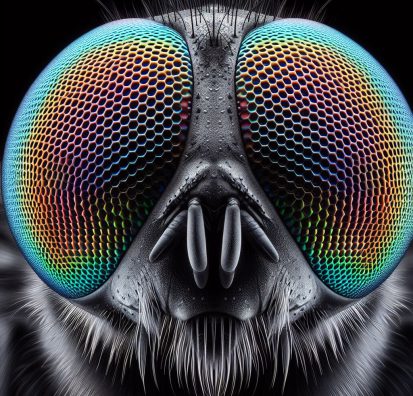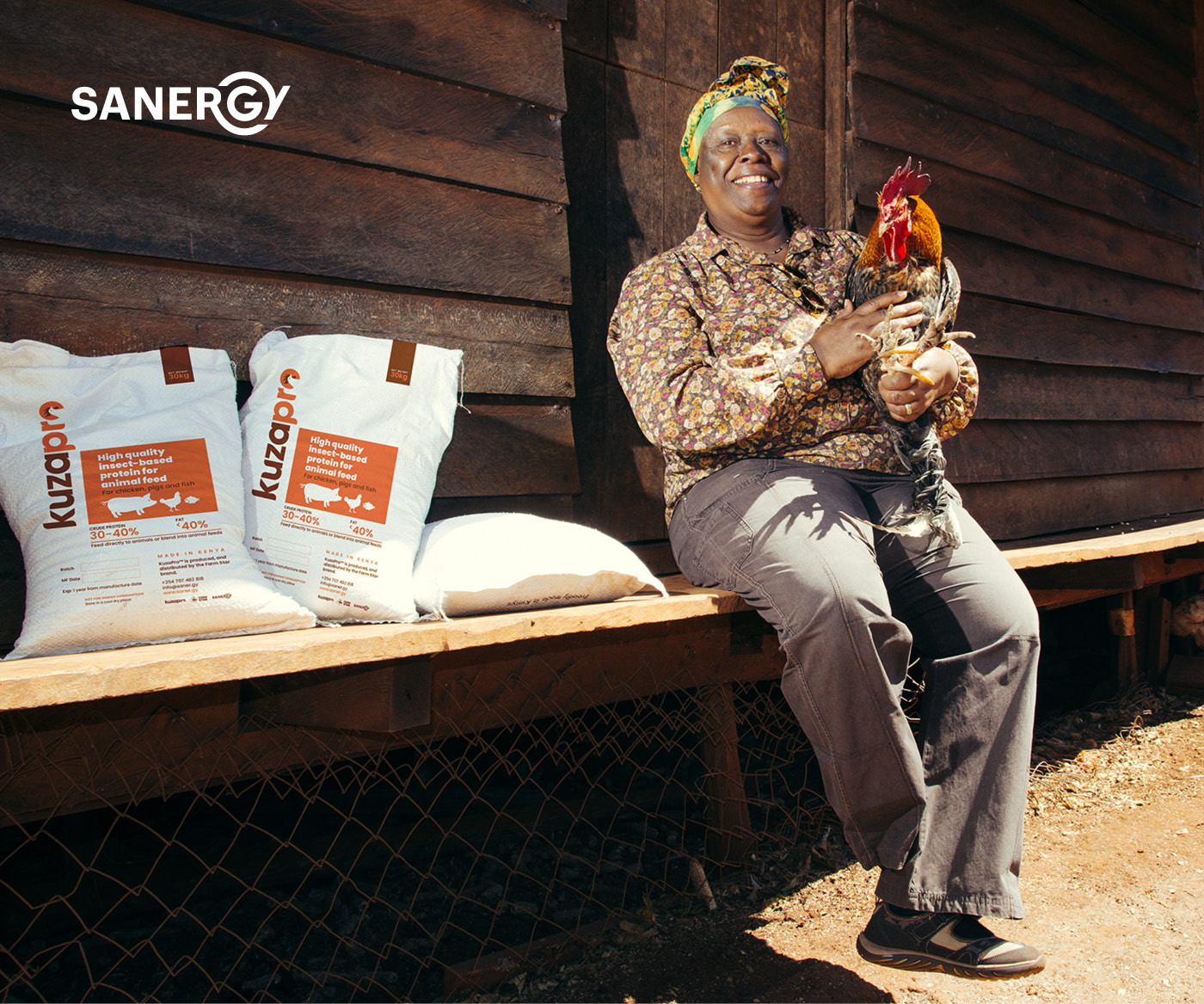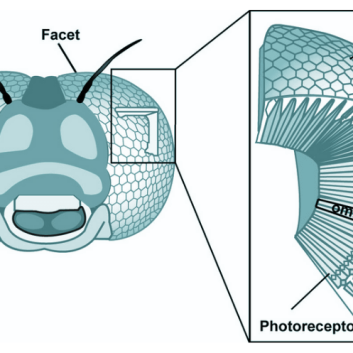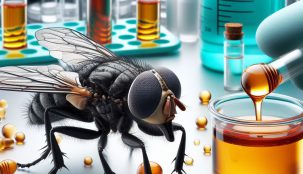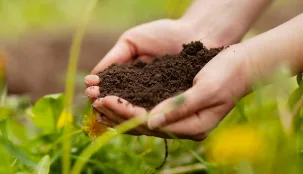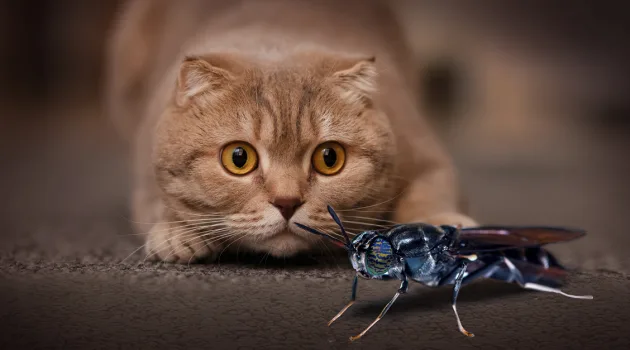Environmental Sustainability of a Black Soldier Fly Biorefinery: Life-Cycle Results on Organic Waste Valorization
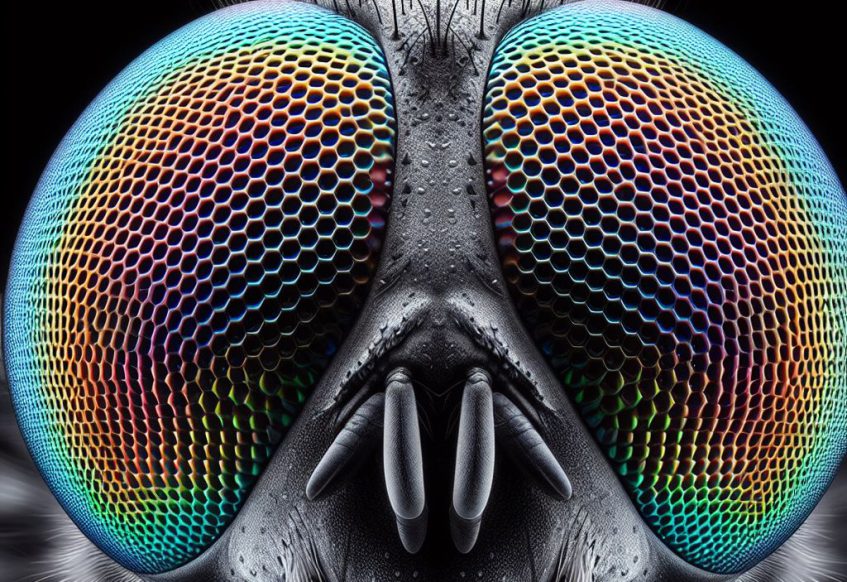
A recent study published in Sustainable Production and Consumption provides a comprehensive environmental sustainability assessment of a novel biorefinery platform that utilizes black soldier fly larvae (BSFL) to process the organic fraction of municipal solid waste (OFMSW).
🔍 What the study examined:
The research applied a consequential life cycle assessment (LCA) approach to evaluate five waste valorization scenarios, including both BSFL-based and conventional treatments (e.g., landfilling and composting). Each scenario was assessed across 18 environmental impact categories, with a system boundary spanning from waste collection to final product utilization.
Key findings:
- BSFL-based bioconversion pathways consistently outperformed traditional methods in terms of environmental performance.
- The most sustainable scenario combined BSFL treatment with the production of biodiesel from extracted lipids and the use of residual biomass as fertilizer.
- Major reductions were observed in global warming potential, marine eutrophication, fossil depletion, and land use impacts.
- Co-product substitution (e.g., replacing soybean meal, mineral fertilizer, and fossil diesel) played a critical role in achieving these benefits.
Why it matters:
This study reinforces the potential of BSFL-based systems as an environmentally favourable waste management strategy, aligned with circular economy and climate mitigation goals. By integrating bioconversion and biorefining, organic waste streams can be transformed into valuable outputs—protein, lipids, biofertilizers—while minimizing environmental burdens.
Implications for practice and policy:
The findings support the integration of insect-based technologies into urban bioeconomy strategies and suggest that policy frameworks should recognize and incentivize the broader sustainability co-benefits of BSFL valorization systems.
📄 Full article (Open Access): https://doi.org/10.1016/j.spc.2025.06.007
With appreciation to our follower for publishing this study and bringing it to our attention!
